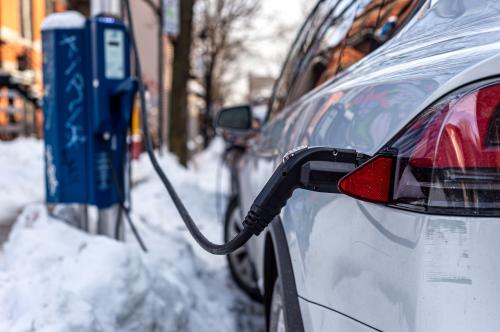Abstract
We develop a consumer-level model of vehicle choice to shed light on the erosion of the U.S. automobile manufacturers’ market share during the past decade. Our model accounts for the influence of vehicle attributes, brand loyalty, product line characteristics, and dealerships on choice. We find that nearly all of the loss in market share for U.S. manufacturers can be explained by changes in basic vehicle attributes: price, size, power, operating cost, and body type. U.S. manufacturers have improved their vehicles’ attributes but not as much as Japanese and European manufacturers have improved the attributes of their vehicles.
1. Introduction
Until the energy shocks of the 1970s opened the U.S. market to foreign automakers by spurring consumer interest in small fuel-efficient cars, General Motors, Ford, and Chrysler sold nearly 9 out of every 10 new vehicles on the American road. After gaining a toehold in the U.S. market, Japanese automakers, in particular, have taken significant share from what was once justifiably called the Big Three (table 1). Today, about 40 percent of the nation’s new cars and 70 percent of its light trucks are sold by U.S. producers.2 And new competitive pressures portend additional losses in share, especially in the light truck market—a traditional stronghold for U.S. firms partly because of a 25 percent tariff on light trucks built outside of North America and the historical absence of European automakers from this market. Japanese automakers are building light trucks in the United States to avoid the tariff and introducing new minivans, SUVs, and pickups, while European automakers are starting to offer SUVs.



